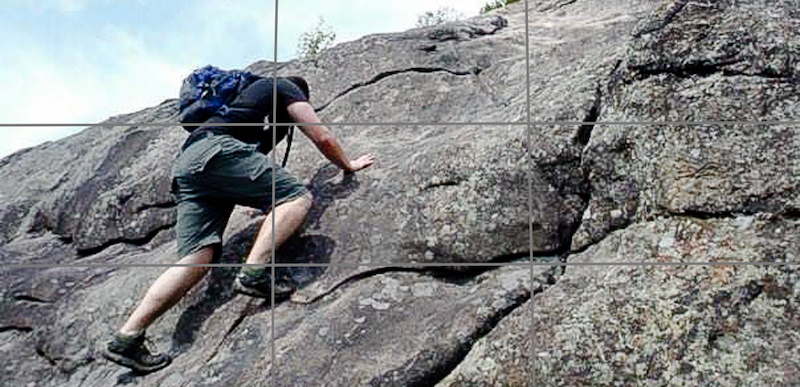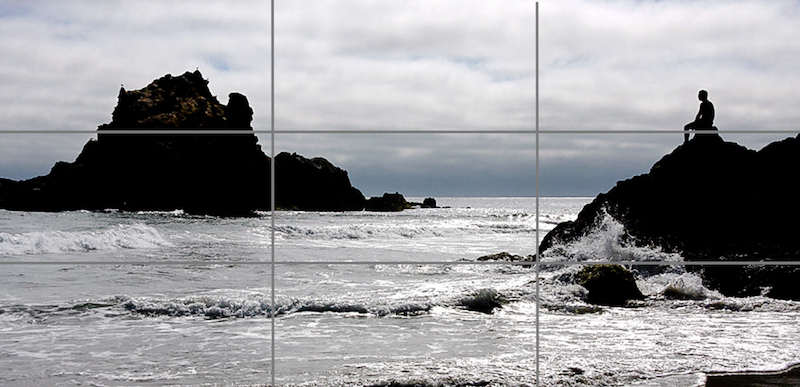The Rule of Thirds in Photography

Can you picture your favorite photograph?
Whatever it is a picture of, it’s a good bet that one element that makes it so memorable is its composition.In our digital age, it’s more important than ever as a photographer to find ways to make your images stand out from the crowd. Creating strong, intriguing compositions is critical to this effort.”
Have you heard of the most common compositional strategy in photography? The Rule of Thirds.
It suggests that your photograph can be divided into three equal sections vertically, and three equal sections horizontally.
The result is a grid that contains nine smaller rectangles, as well as four points of intersection near the center. Some cameras--including most smartphone cameras--allow you to enable this grid to appear on your screen. Other cameras do not--thus, you must learn to visualize this grid in your mind as you compose your shot.
You can see examples below on how you can apply the Rule of Thirds in photography:

Photo by Marika Robak

Photo by Marika Robak

Photo by Patricia Burmicky
Perhaps the most complex way of organizing visual information is to try to direct the way your viewer’s eye moves around or through your image.
We usually read from top to bottom and left to right, therefore, it’s a good to try and organize visual information in the same way.
For the same reason, in action shots or images with a moving subject, allow the subject to move from left to right when possible. A tip is to try to leave empty space at the right side of your frame for your subject to move into, so it doesn’t feel like the action is abruptly halted as it hits the edge of your frame.
I like to think of the Rule of Thirds as “more of a guideline than an actual rule,” to quote Captain Jack Sparrow. There are some circumstances in which it is OK, perhaps even desirable, to break the Rule of Thirds.
The most common example is situations where symmetry or balance is a crucial element of your composition. Situations like this can include images such as landscapes with perfect reflections in a body of water, or an architectural photograph that highlights a certain aspect of the design of a building.
As you practice the Rule of Thirds, you may discover other opportunities to break the rule but it’s important to learn the rules first, in order to know how to break them well.
Comments
Sign in to comment.